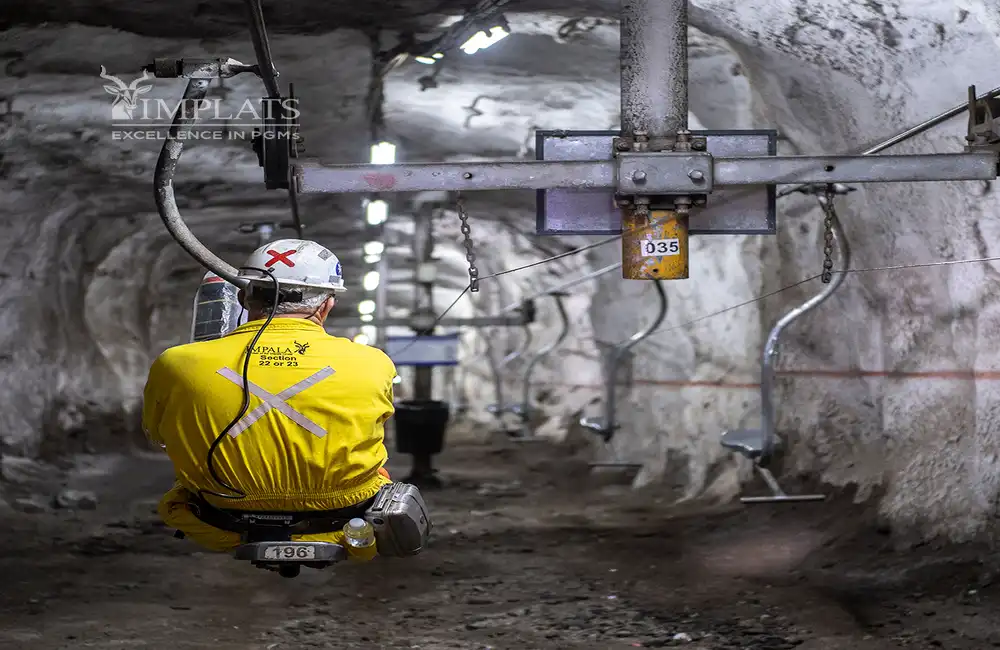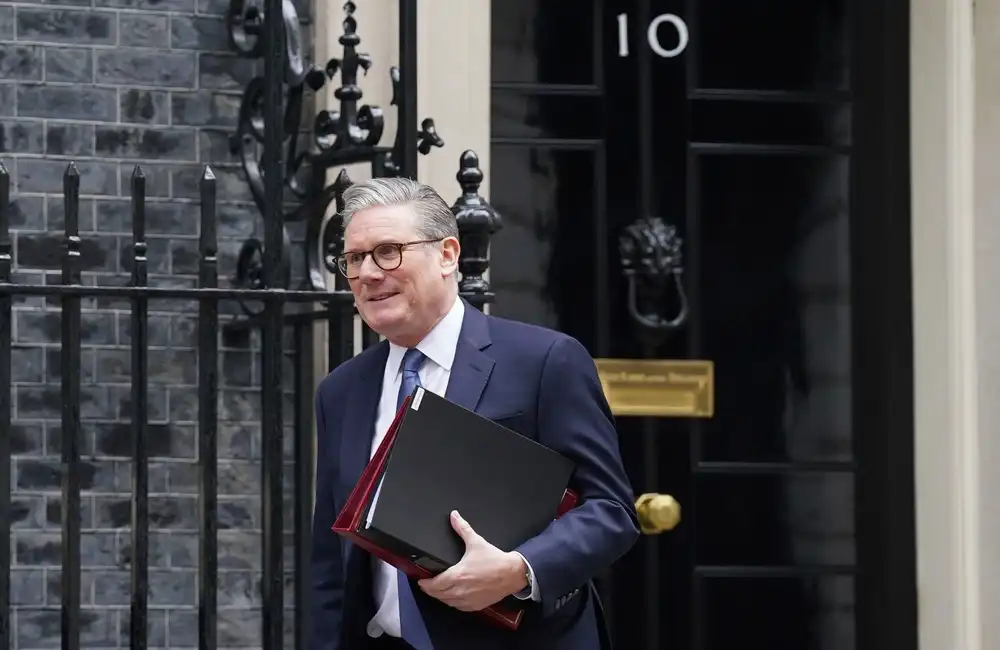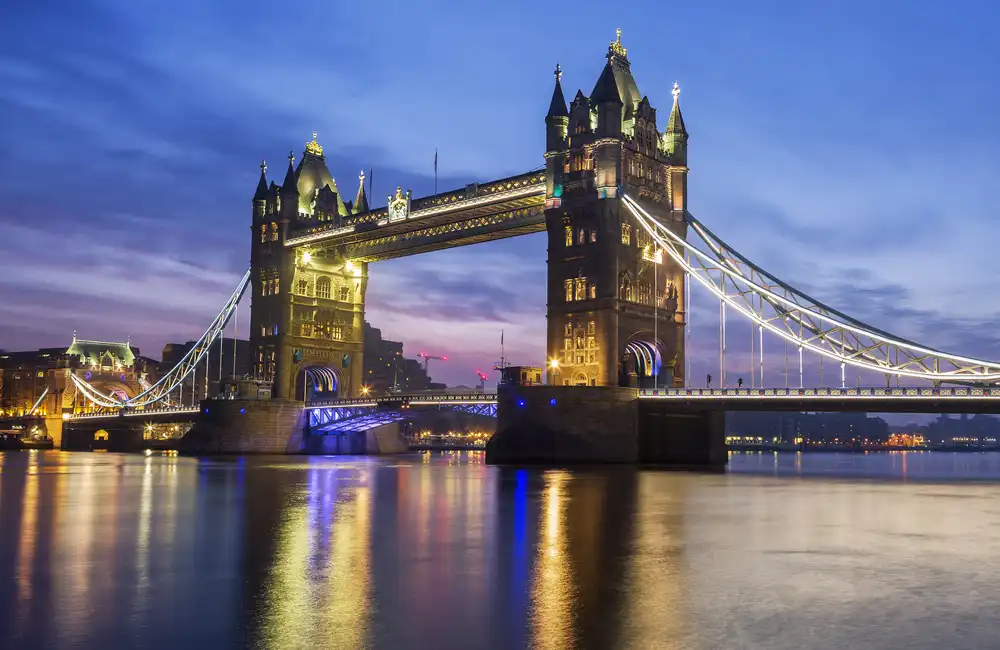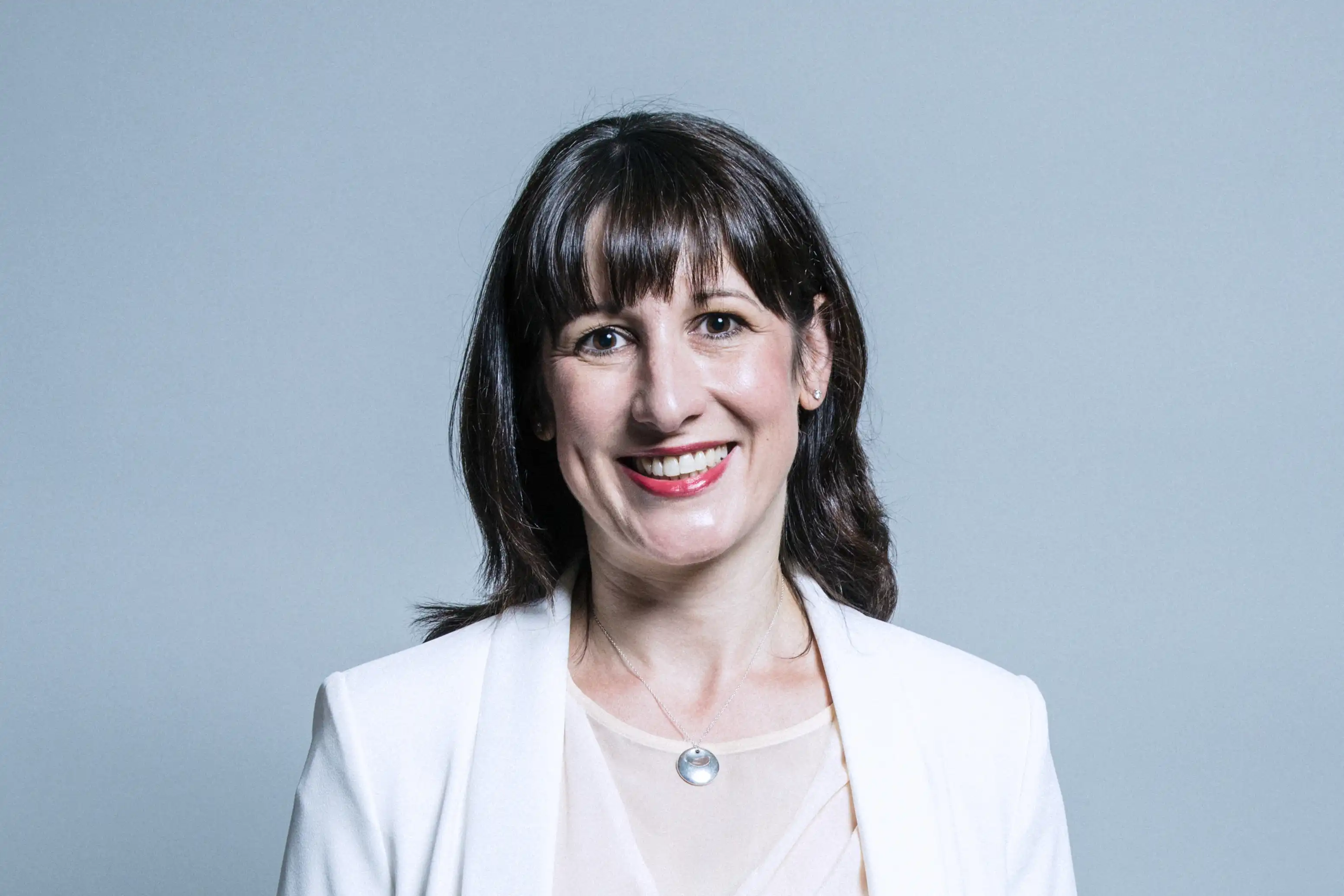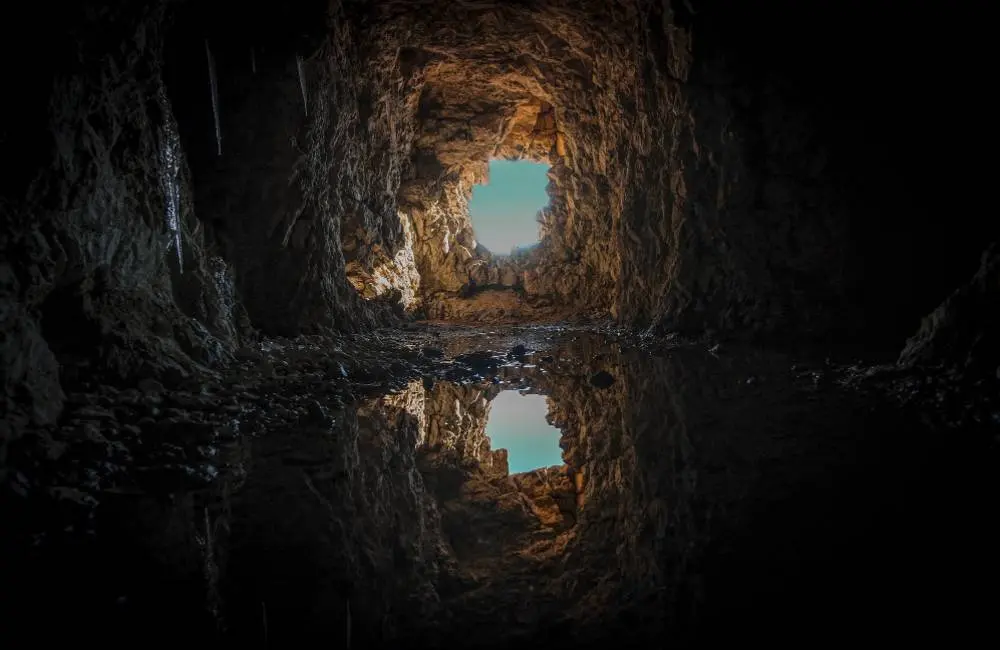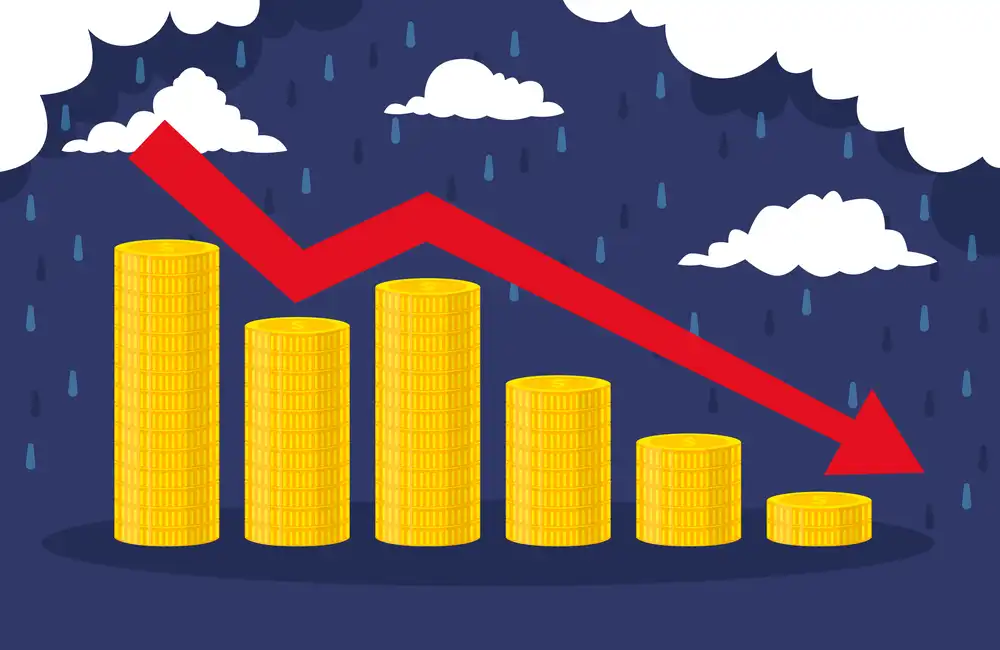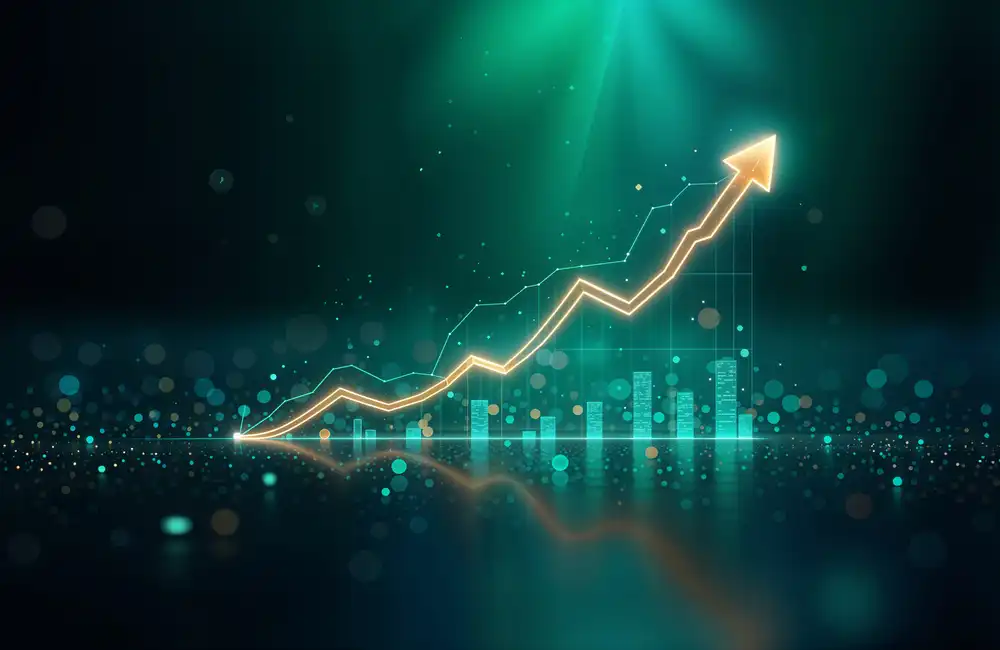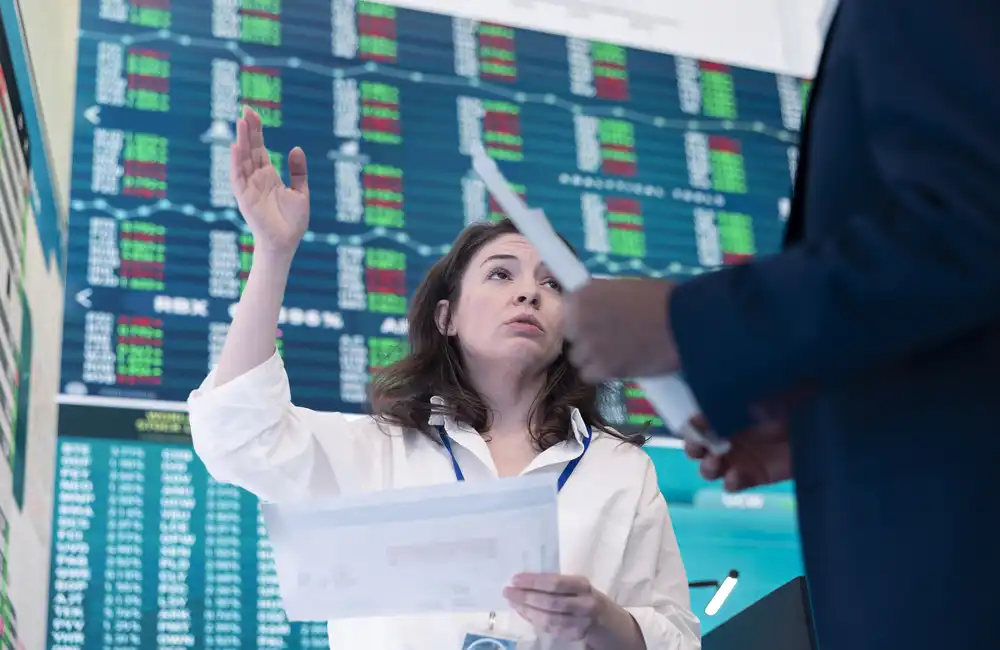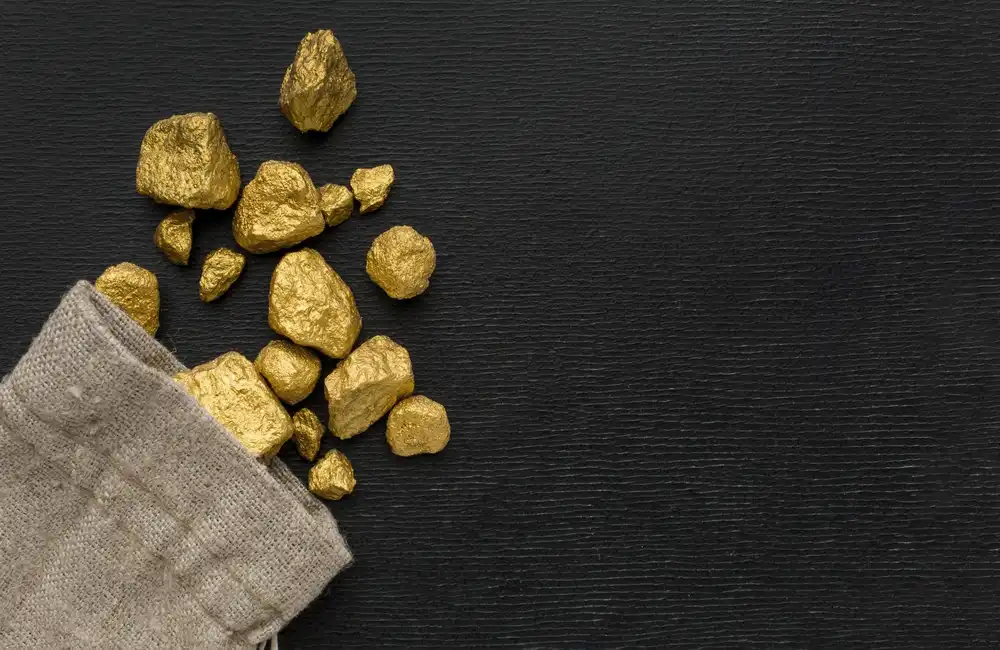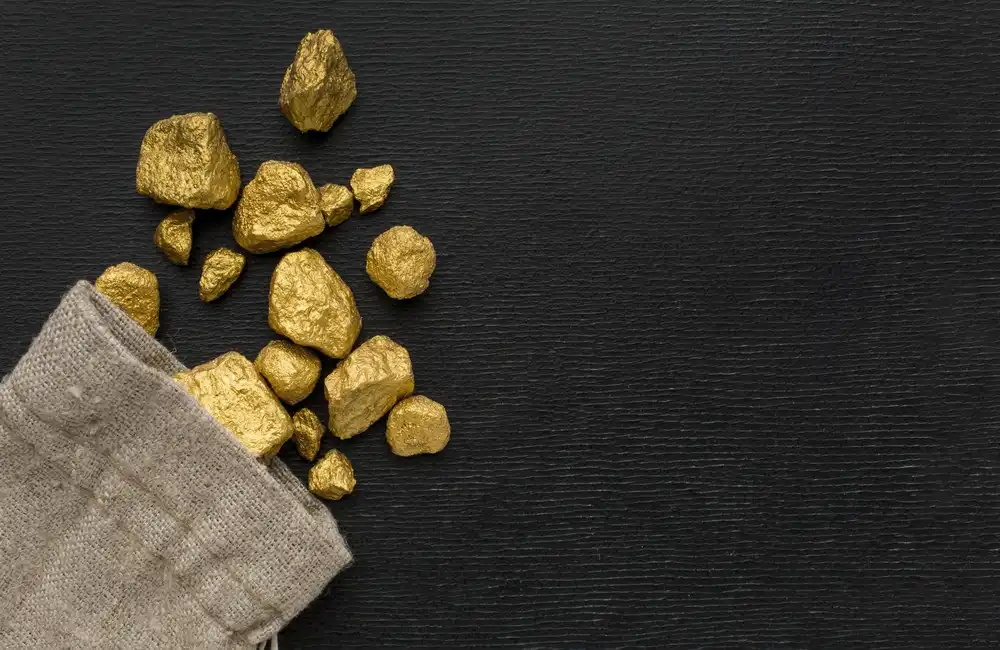A recent shift in Chinese domestic demand toward battery-grade lithium carbonate away from lithium hydroxide has kept prices of carbonate materials supported, widening the negative spread between the two to a record high Feb. 3, market sources said.
On the sales side, lithium hydroxide, the final product of lithium carbonate, is at a high selling price.
The negative spread between battery-grade lithium carbonate and hydroxide first emerged on Dec. 31, 2020 at Yuan 2,000/mt, Platts data showed. On May 25, 2021, the spread flipped, with lithium hydroxide being assessed to a premium to lithium carbonate. The spread again turned negative on Sept. 9, 2021, with lithium carbonate prices US$2,000/mt above that of lithium hydroxide.
This negative spread has then widened to Yuan 75,000/mt Feb. 3. S&P Global Platts last assessed battery-grade lithium carbonate at Yuan 387,000/mt on a delivered, duty-paid China basis on Feb. 3.
Domestic deals for lithium carbonate had been assessed as high as Yuan 400,000/mt before the start of China's week-long Lunar New Year holidays on Jan. 31.
While this reversal of trends originated from China's domestic market, external markets were also affected over time.
Ex-China Prices Trailing the Domestic Market
Show Ex-China prices trailing the domestic market and lithium carbonate prices overtook lithium hydroxide prices in the CIF North Asia market Nov. 21, 2021 at a negative spread of $200/mt which had widened to $6,500/mt Feb. 3.
Platts assessed lithium carbonate at $53,500/mt and lithium hydroxide at $47,000/mt on a CIF North Asia basis Feb. 3.
Market sources believed that, for the time being at least, an inverted spread will likely be here to stay given stronger demand for lithium carbonate in the spot market.
This was spurred, in part, by the much stronger demand for lithium iron phosphate, or LFP, batteries, which use lithium carbonate as a primary element versus nickel-cobalt-manganese lithium-ion batteries, or NCM, which use lithium hydroxide.
As reported by China Automotive Manufacturers Association, The output of NCM ternary batteries was 11.4GWh (up 34.6% Y-o-Y) as for LFP battery it stood at 20.1GWh (207.7% Y-o-Y growth).
But, this trend is restrained to China's domestic market only. In both Europe and America and North Asia, NCM battery still take the largest market share in battery industry.
Market Dynamics and Supply Pressure
Either way, the situation led more traders to hang onto their lithium raw materials, and also saw lithium refiners hoisting the market flag, as expectations for further price increases grew. Spot prices are still under pressure as there are few domestic offers on the market.
Others want in on the action as well, including a couple of traders sourcing for the elusive lithium raw materials.
"We don't have materials. We are trying to buy from overseas lithium converters, but nobody,” a Chinese trader said.
“There are still inquiries, but I’m not selling [lithium carbonate] this week,” said another domestic trader.
The spare material has also pushed some players out of the market. Smaller refiners, who were unable to secure feedstock, had to stop production, but larger refiners are aggressively restocking, they said.
Prices for industrial-grade lithium carbonate had also been driven higher by the steep rise in battery-grade lithium carbonate prices.
Converting industrial-grade material to battery-grade is not an easy task, though. “But sources could not book a refinery to process the material into battery-grade,” said a domestic trader.
Looking forward, overall lithium prices are expected to maintain high price levels for the remainder of 2022 in a context of tight supply, despite uncertainty in downstream demand owing to power restrictions in China and pollution control measures ahead of the Winter Olympics 2022.


